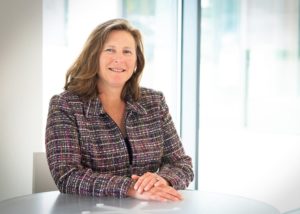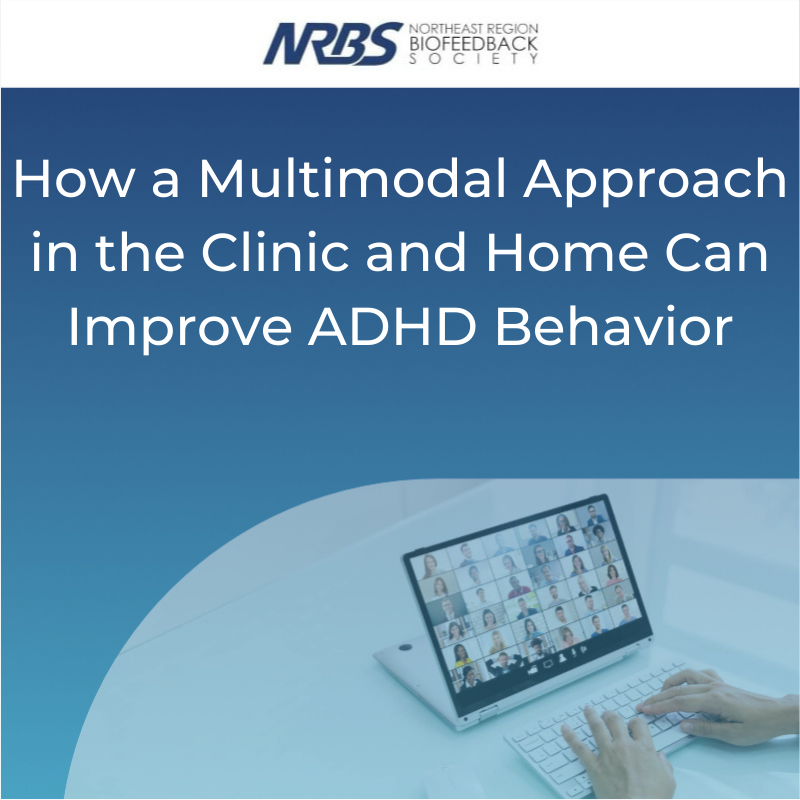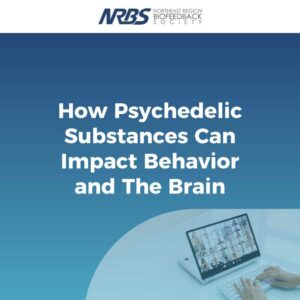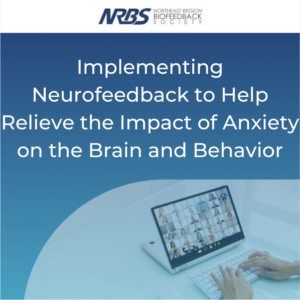Description
Dr. Walker’s presentation will address how each person has their own unique experience of that condition and their own unique set of circumstances they bring to the table. Unlike the one-size-fits-all approach to neurofeedback research, the person in your office will probably heal faster with a multi-modal approach that addresses the challenges that drive the diagnosis. This webinar uses a case study approach to explore how the clinician can bring learning styles, biofeedback, neurostimulation therapies and other approaches to form a helping strategy for the client. In this hour, Dr. Walker will present two case studies of individuals diagnosed with ADHD that illustrate very different EEG and psychophysiological presentations. The discussion considers structure of treatment and learning approaches to meet each individual’s needs and illustrates how a multi-modal approach including neurotherapy, biofeedback and cognitive-behavioral strategies comes together.
Objectives
As a result of participating, the attendee will be able to:
- Explain how cognitive behavioral approaches used to treat ADHD can be enhanced with biofeedback
- Describe two different brainwave patterns associated with ADHD.
- Identify two ways that ADHD might be misdiagnosed.
Presenters

Dr. Linda Walker has served the field of mental health since 1995 using an array of integrated therapies — from neurofeedback, biofeedback, and QEEG to cognitive-behavioral therapy, EMDR and wilderness therapy.
From the time she emerged from college (the first time), prepared for a career in journalism, she felt driven to find ways to be part of the solution to the challenges she saw in the world. Not quite satisfied with what she contributed as a writer, She pursued a master’s degree in human relations and counseling through University of Oklahoma and began her career as a helping professional in the mid 1990s. In her early work, she helped adults who had developmental disabilities find ways to live independently and experience life to their fullest. Since then, She has had the privilege to work with people from diverse backgrounds and circumstances seeking to find their balance, wellbeing and optimal function.
Along the journey, She has spent time working in community mental health, juvenile justice, private practice and corporate health, although her favorite therapy office by far has been sitting on a log around a campfire. She has found over and over that the best healing and insight comes from connection with each other and with the natural world. Her challenge in applying diverse therapies has been to balance the advances of technology while keeping sight of the need for natural connectedness.
In recent years, She has had the opportunity to teach, present, mentor and advise best practice in the field of psychophysiology. She has designed software applications and participated in research efforts. She has supplemented her training with studies in school counseling and addictions.These accomplishments has been very gratifying and it’s a privilege to make a contribution to the advancement of helping therapies. That said, her heart still lives in the opportunity to work with others, to meet them where they are in their journey and to use the tools and skills she has to help them along their way.




